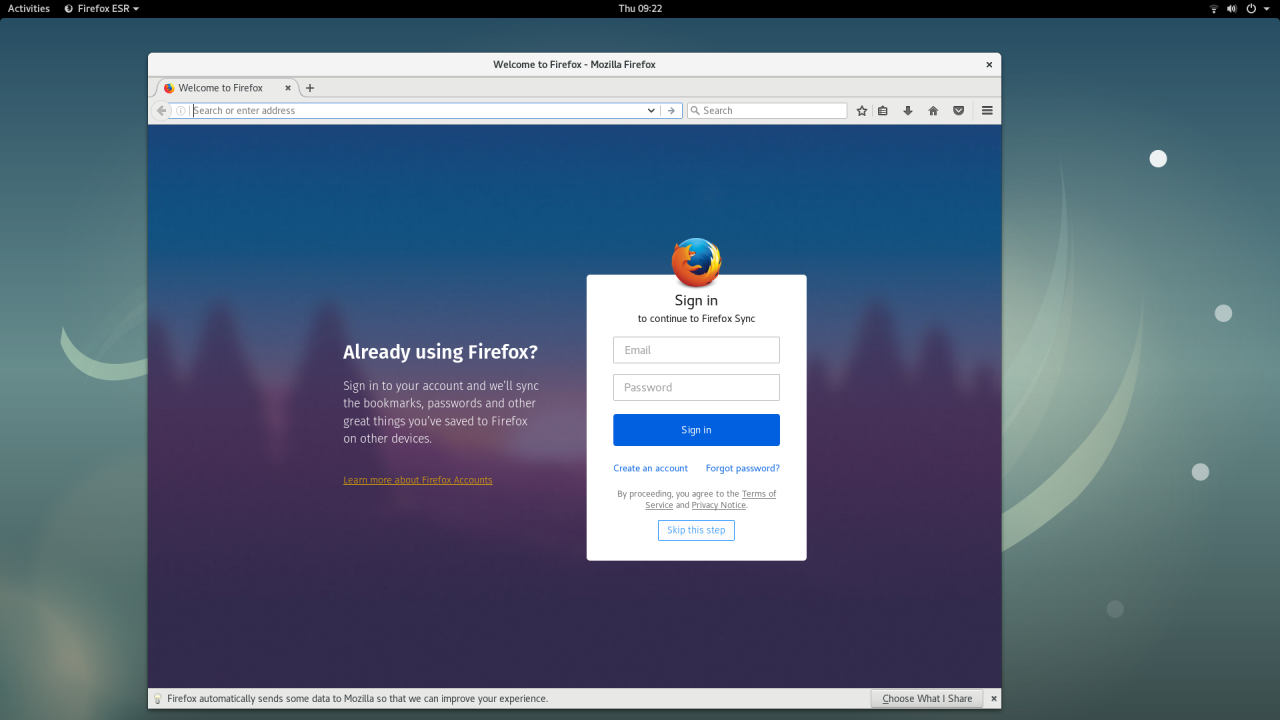

If we want to use others like "Universe", we will have to perform the manual installation / activation of it. On the other hand, we always have to bear in mind that a Live Session is not exactly the same as a real installation: there are some restrictions, as in the case of Ubuntu repositories, that only the "Main" repository is enabled by default. On my new laptop, I prefer to run Live Sessions in GNOME Boxes because it saves me from creating the USB Bootable, but not all computers have the resources to run smoothly. As you know, all changes made during the session will be destroyed when closing it.Īnd that would be all.
DEBIAN LIVE USB INSTALL
Once finished we can run Debian 10 from our newly created USB Bootable in a Live Session or install the operating system.


Sudo dd bs=4M if=/RUTA/A/debian-10.0.0-amd64-netinst.iso of=/dev/sdc status=progress oflag=sync Next, we have to create the USB with the following command:.In this step we have to check that the unit is not mounted with this command (taking into account that you have to change "sdc1" to your unit): In this example, my pendrive is "sdc1", so what we are looking for is / Dev / sdc1.The output in Kubuntu looks something like this: What you can always see and help a lot is the size of the unit. In some you can see, in addition to the labels of the partitions, the brand of the pendrive. What we will see will not be the same in all the Linux distributions that we use. We find out the name of the pendrive with the tool lsblk.In Kubuntu, just open Dolphin and double-click on the new drive that appears. If this is not the case, they will have to be mounted. Many Linux distributions mount the drives right out of the box. All you have to do is follow these steps: The nice thing about creating the USB Bootable with the terminal is that you don't need to install extra software. It can also be run from a live USB stick to make sure everything works.
DEBIAN LIVE USB 64 BIT
In this example we are going to use the iso netinst for 64 bit pc. Linux Mint stands on the shoulder of giants, it is based on Debian and Ubuntu. A computer with a version of Linux installed.Before we start, we have to make sure we have what it takes:


 0 kommentar(er)
0 kommentar(er)
